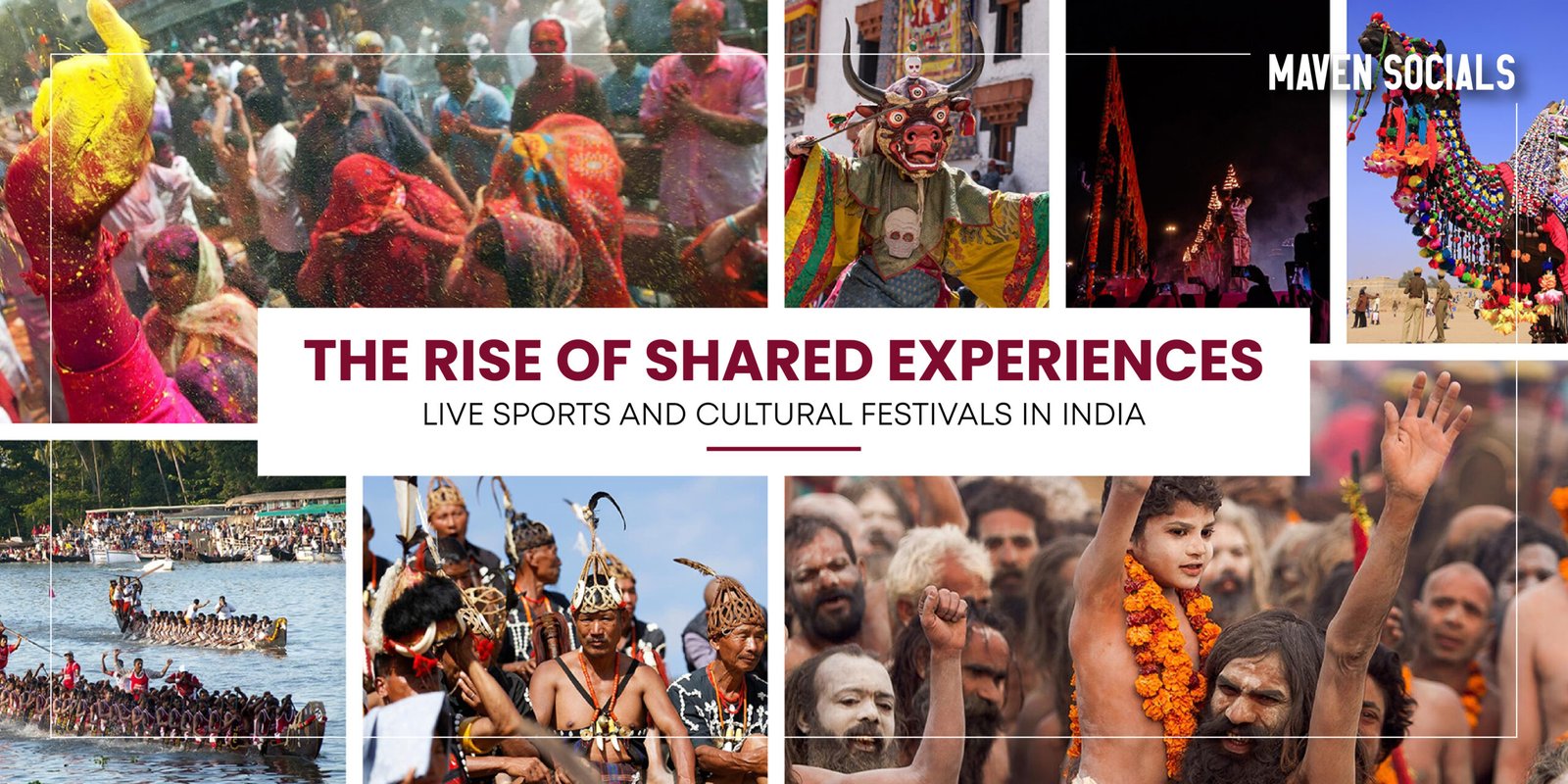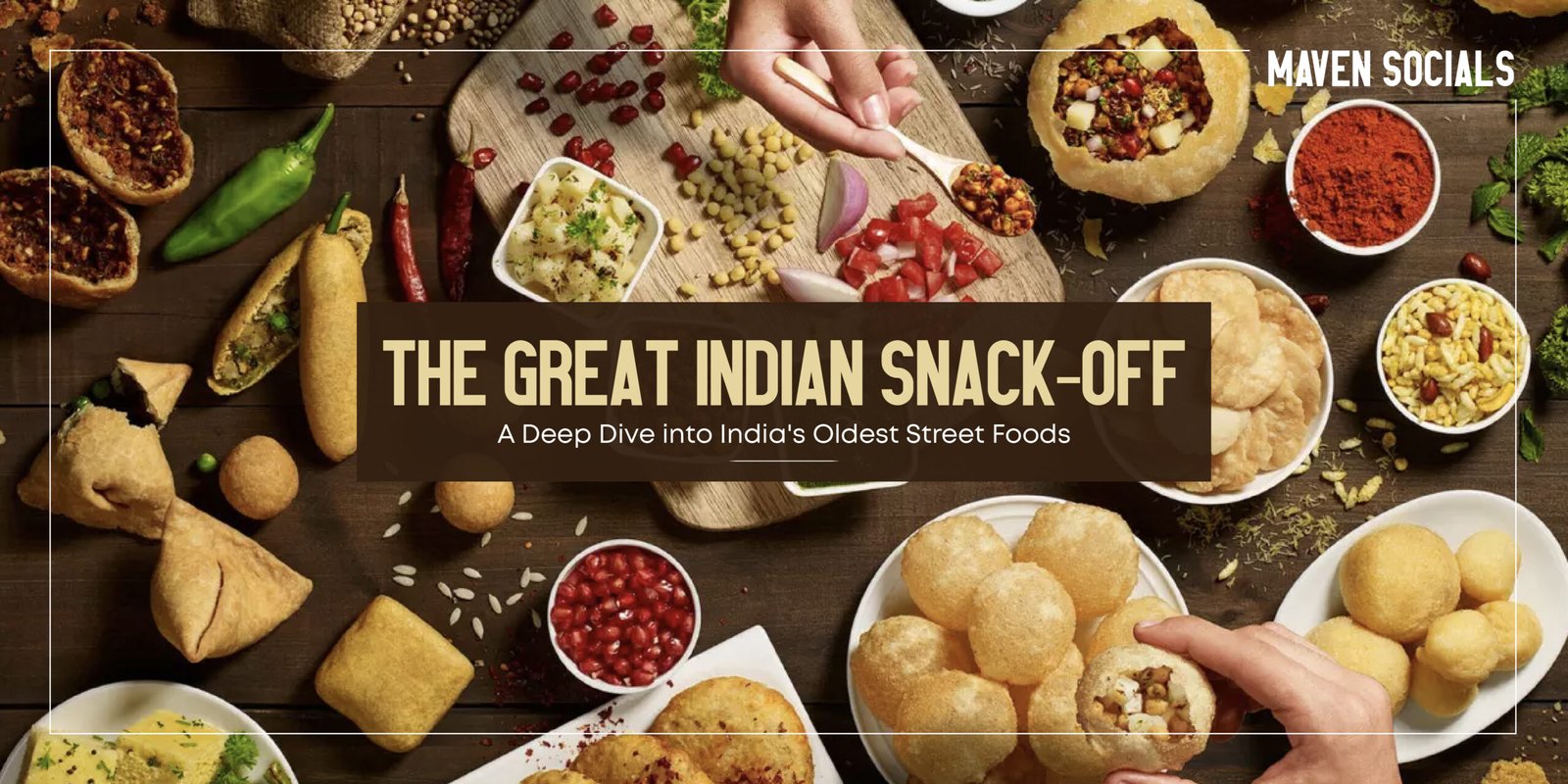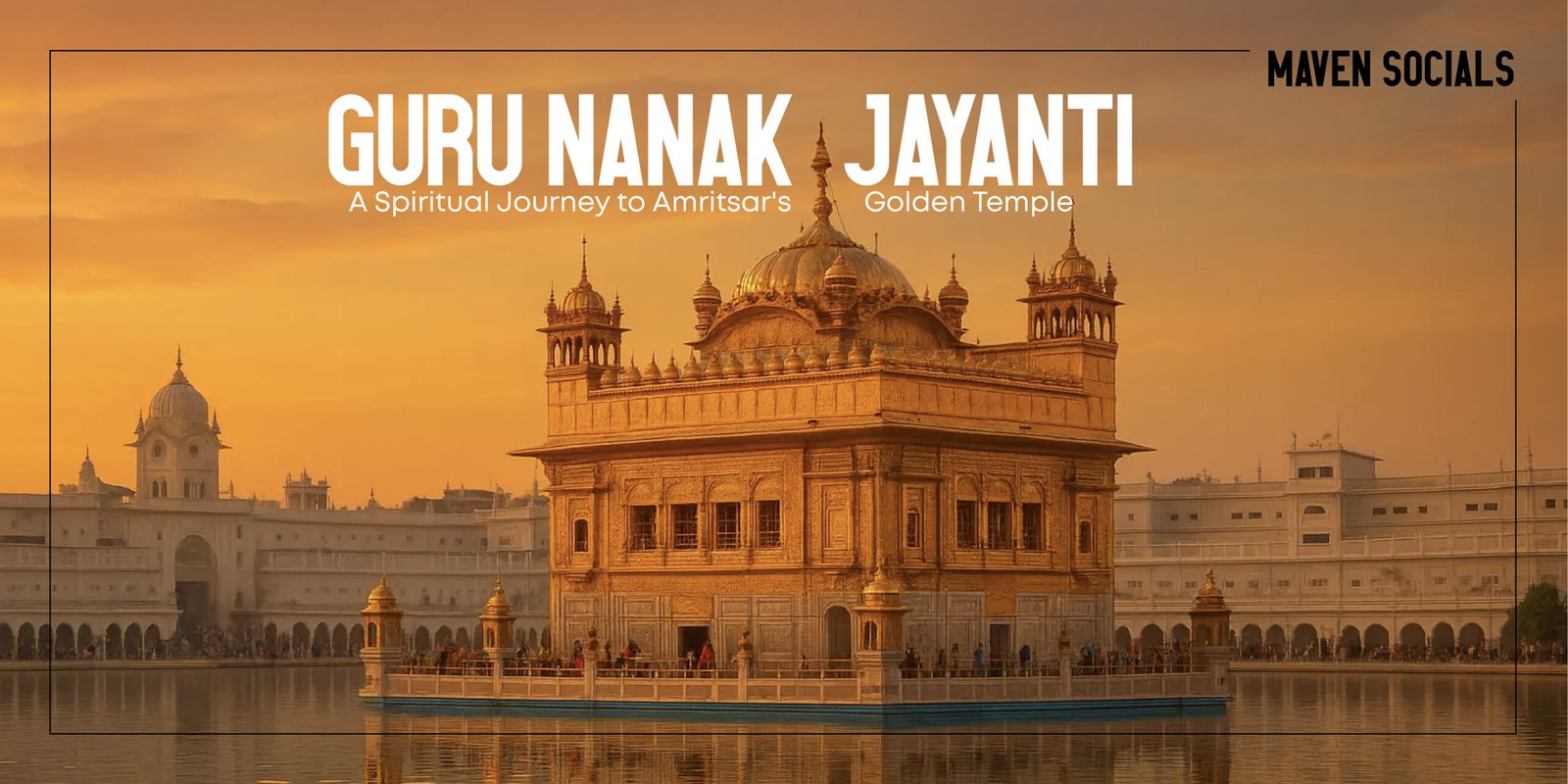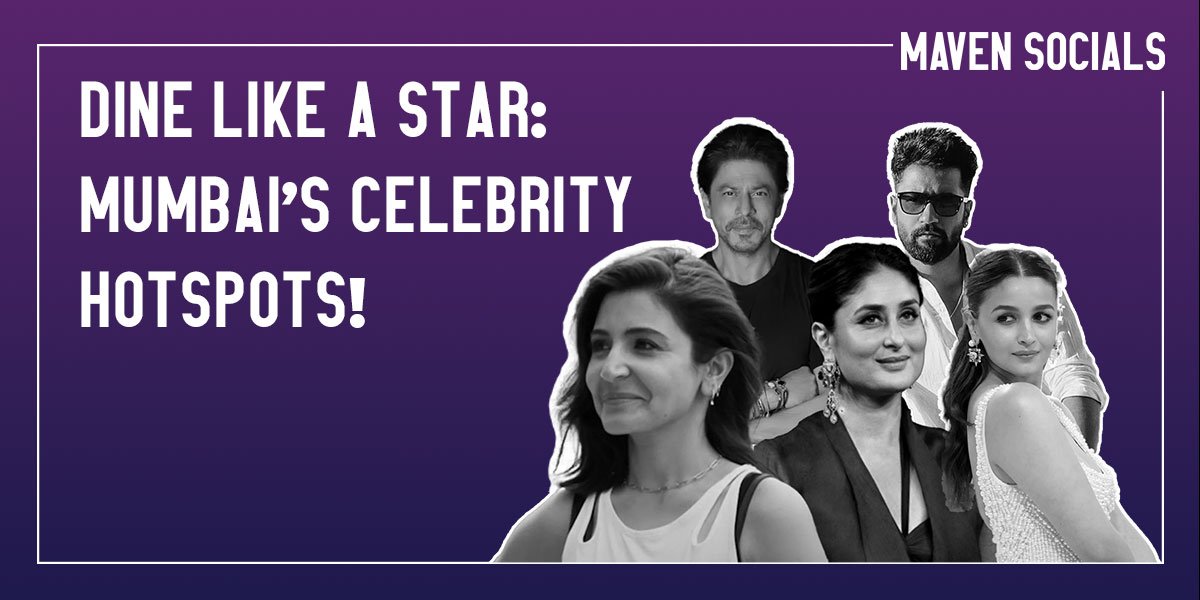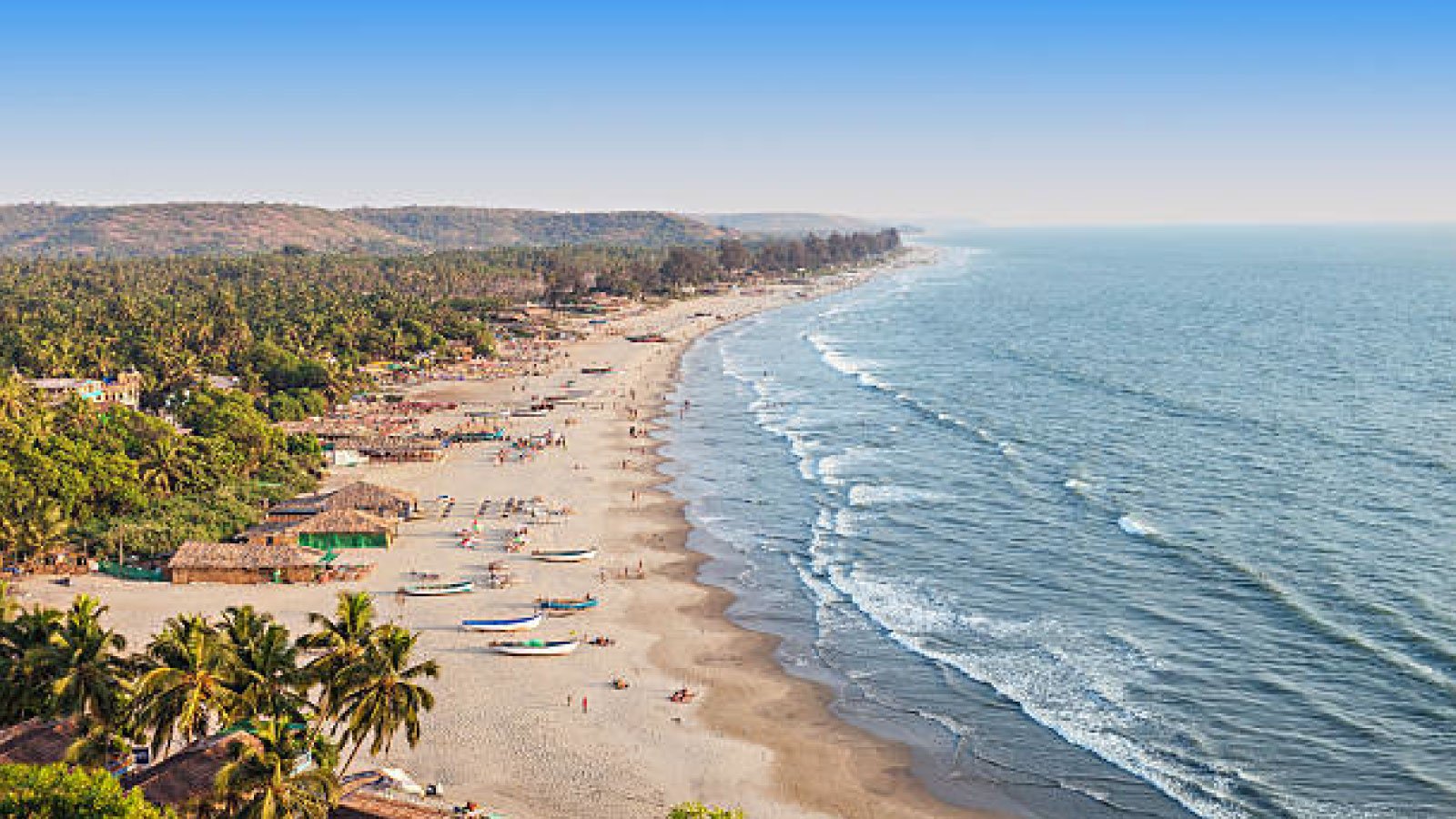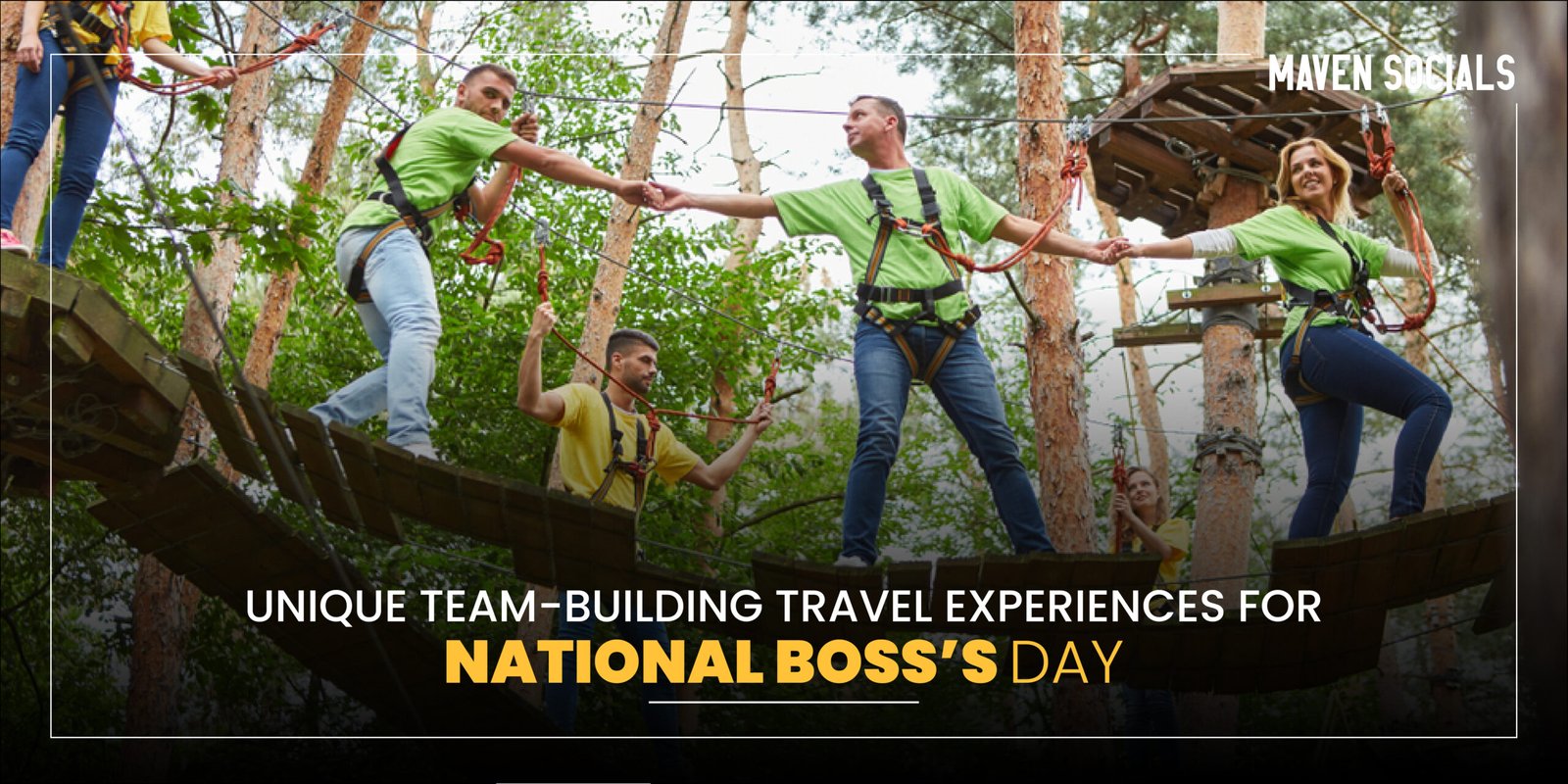India is a land where diversity thrives, and this diversity manifests not only in languages, religions, and cuisines but also in the ways people come together to celebrate, compete, and connect. In recent years, there has been a noticeable rise in the popularity of shared experiences—particularly live sports events and cultural festivals.
These experiences are more than mere entertainment; they are opportunities for individuals to forge connections, celebrate identity, and create memories that last a lifetime.
The Appeal of Live Sports in India
Sports have always held a special place in Indian society, but the last decade has witnessed a transformation in the way people engage with them. Traditional sports like cricket have evolved from being local or regional pastimes into global spectacles that capture the nation’s imagination. The Indian Premier League (IPL), for instance, is not just a cricket tournament—it is a cultural phenomenon. Millions of fans flock to stadiums, while millions more tune in from homes, creating a collective experience that transcends age, gender, and socio-economic background.
The appeal of live sports lies in their unpredictability and the raw emotion they evoke. Attending a match in person allows fans to experience the highs and lows of the game firsthand, from the collective roar of a crowd after a stunning six to the shared tension during a nail-biting final over. The atmosphere in a stadium is electric; it’s a space where strangers unite over a common passion, and this sense of belonging is something that digital screens alone cannot replicate.
Moreover, the rise of sports leagues beyond cricket—such as the Indian Super League (football), Pro Kabaddi League, and Premier Badminton League—has broadened the spectrum of live sports experiences. Cities across India now host matches that bring local communities together, fostering regional pride and encouraging a participatory culture. These events are often family-friendly, inclusive, and celebratory, allowing people to enjoy the excitement of sports while also socializing and connecting with their community.
Festivals as Shared Cultural Experiences
Parallel to the surge in sports enthusiasm is the enduring significance of cultural festivals in India. Festivals in India are not just religious observances; they are public spectacles, social gatherings, and immersive experiences that celebrate music, dance, art, and tradition. From Diwali, Holi, and Durga Puja to regional events like Pongal, Bihu, and Ganesh Chaturthi, festivals are deeply ingrained in the social fabric of the nation.
Cultural festivals offer a unique form of shared experience. Attending a festival allows individuals to engage with art forms, rituals, and performances in ways that are both participatory and observational. For instance, Durga Puja in West Bengal is not only a religious celebration but also a showcase of intricate craftsmanship, music, and dance. People from all walks of life gather in pandals (temporary festival structures), admire the artistic displays, and partake in communal celebrations. Similarly, the Jaipur Literature Festival and Sunburn Music Festival have transformed contemporary cultural engagement by combining learning, entertainment, and community participation in a festival setting.
These festivals also foster social cohesion. In a fast-paced digital world, where personal interactions are often limited to online spaces, attending a festival offers the rare chance to disconnect from screens and connect with people physically. Shared laughter during Holi, collective awe at fireworks on Diwali, or synchronized dancing at a music festival creates a sense of unity and belonging that transcends individual differences.
The Psychology Behind Shared Experiences
Why are live sports and cultural festivals so compelling? Psychologists suggest that humans are inherently social creatures, and shared experiences trigger powerful emotional and cognitive responses. When individuals participate in group events, they experience a phenomenon known as emotional contagion—the transmission of emotions across individuals in a group. In simpler terms, the excitement, joy, or tension felt by one person amplifies the emotions of those around them, creating a collective high.
Shared experiences also reinforce identity. Supporting a sports team or celebrating a regional festival provides people with a sense of belonging to a larger community. This communal identity is particularly significant in a country as diverse as India, where cultural and regional identities coexist alongside a broader national identity. By attending a live event, individuals affirm their connection to these communities, contributing to social cohesion and personal well-being.
Moreover, these experiences create lasting memories. While digital content and online interactions are fleeting, shared live experiences have a tangible, multi-sensory impact. The sights, sounds, and even smells associated with a live event become embedded in memory, often accompanied by the stories and conversations shared with friends and family. In essence, live experiences are deeply immersive, offering a richer form of engagement than solitary or virtual interactions.
The Role of Technology in Enhancing Experiences
Interestingly, technology has played a dual role in the rise of shared experiences. On one hand, digital media platforms and live streaming allow fans and participants to engage with events remotely, expanding the reach of sports and festivals beyond physical boundaries. On the other hand, technology has enhanced the in-person experience as well. Event apps, ticketing platforms, interactive displays, and augmented reality installations make attending live events more accessible, engaging, and enjoyable.
Social media amplifies the communal aspect of shared experiences. People document and share their experiences in real-time, creating virtual communities that complement the physical event. Hashtags, live stories, and viral posts allow participants to feel part of a larger global audience, blending the physical and digital realms of experience.
Economic and Social Impact
The rise of shared experiences also has significant economic and social implications. Live sports leagues, music festivals, and cultural events generate employment, support local businesses, and boost tourism. Cities hosting major festivals or tournaments often see increased hotel bookings, transportation usage, and retail activity, contributing to regional development.
On a social level, these experiences promote inclusivity and cultural exchange. Festivals and sporting events attract diverse audiences, encouraging interactions across age groups, backgrounds, and regions. This exposure fosters understanding, tolerance, and appreciation for different cultures, strengthening social bonds and enriching the collective experience.Conclusion
The rise of shared experiences in India reflects a broader cultural shift toward communal engagement, emotional connection, and participatory entertainment. Live sports and cultural festivals are no longer just pastimes; they are platforms for social cohesion, personal identity, and lasting memories. Whether it’s the roar of a stadium during an IPL match or the vibrant colors of a Holi festival, these experiences allow individuals to transcend their personal worlds and become part of something larger, something profoundly human. In a world increasingly dominated by virtual interactions, the enduring appeal of shared experiences reminds us of the joy of being present, celebrating together, and connecting with others in meaningful ways. As India continues to evolve, live sports and cultural festivals will undoubtedly remain at the heart of its social and cultural landscape, offering moments of collective joy that resonate long after the last cheer fades.
